
Acute respiratory distress (ARD) is the sudden onset of rapid and/or labored respiratory.

Acute respiratory distress (ARD) is the sudden onset of rapid and/or labored respiratory.

Clinical signs related to the upper respiratory tract, in both dogs and cats, are among the most common presenting complaints encountered in small animal practice and, interestingly, are frequent reasons for referral to specialty practices and veterinary teaching hospitals.

Dogs and cats with partial or complete upper airway obstruction can present with varying degrees of dyspnea.
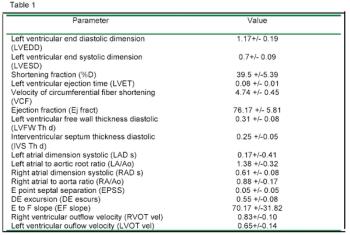
Rabbits with respiratory disease may present with a variety of clinical signs.

Upper airway obstruction is a rare syndrome in cats, but can be very severe and can cause life-threatening clinical signs.

Inhalant delivery of aerosolized medication offers a number of theoretical benefits including an enormous absorptive surface area across a permeable membrane, a low enzyme environment that results in little drug degradation, avoidance of hepatic first-pass metabolism, and reproducible absorption kinetics.
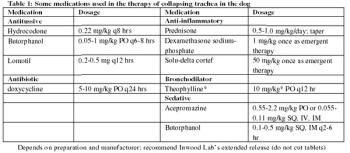
Cough is a common reason for dogs to be presented for veterinary care, and tracheal collapse is a common cause of chronic cough in dogs.

Experimental studies conducted at Auburn University have shown that an acute respiratory crisis often diagnosed as asthma may occur during either Stage (Phase) 1 or 2 feline heartworm disease.

Upper respiratory infections (URI) are quite common in cats. Mortality due to common URI is very rare.

Bacterial pneumonia encompasses a wide spectrum of disease, from chronic to acute, unilobar or multilobar, and with clinical signs ranging from mild tachypnea or cough to rapidly progressive and fatal pulmonary infection.

Dyspnea is the sensation of "air hunger", a somewhat anthropomorphic term for respiratory distress.

Recent years have seen the emergence of previously undescribed respiratory infections in dogs and cats.

Animals with acute respiratory distress are often some of the most challenging emergency patients seen by veterinarians.
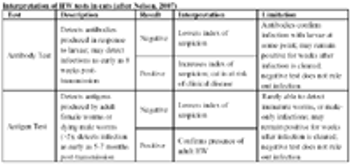
Lower respiratory tract disease produces typical clinical signs in cats, including chronic cough and wheeze as well as dyspnea that may have a sudden onset.

Blacksburg, Va. - 4/7/08 - The role biofilm plays in the development of Bovine Respiratory Disease Complex (BRDC) will be studied, with the help of government funding, by a Virginia-Maryland Regional College of Veterinary Medicince professor.

Treating animals with respiratory distress may be very challenging.

Cats with respiratory distress represent a significant diagnostic and therapeutic challenge to the small animal veterinarian.

Cough is a common presenting complaint for dogs and, to a lesser extent, cats.

Interstitial lung disease represents a diffuse subset of pulmonary disease that includes abnormalities in the microscopic interstitium (the anatomic space between the basement membranes of the epithelial and endothelial cells) as well as the inflammatory and/or fibrotic processes that extend into the alveolar space, as well as the bronchioles and bronchiolar lumen.
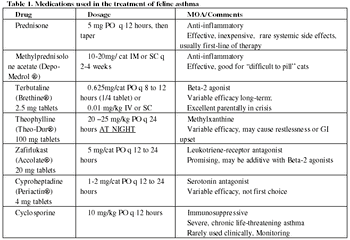
Asthma is a common, although poorly defined, condition in cats.

The pleural space is defined as the area between the lungs and the chest wall.

Feline herpesvirus-1 (FHV1) and feline calicivirus (FCV) are the two major viral causes of upper respiratory tract disease (URD) in cats.
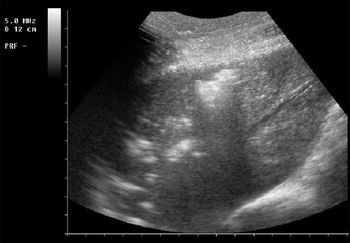
Lower respiratory disease is a common problem in foals under 8 months of age.

Upper airway diseases/obstruction are relatively common causes of respiratory distress in dogs and cats.

Determining the right category of cough relies on clinical signs and diagnostic findings.